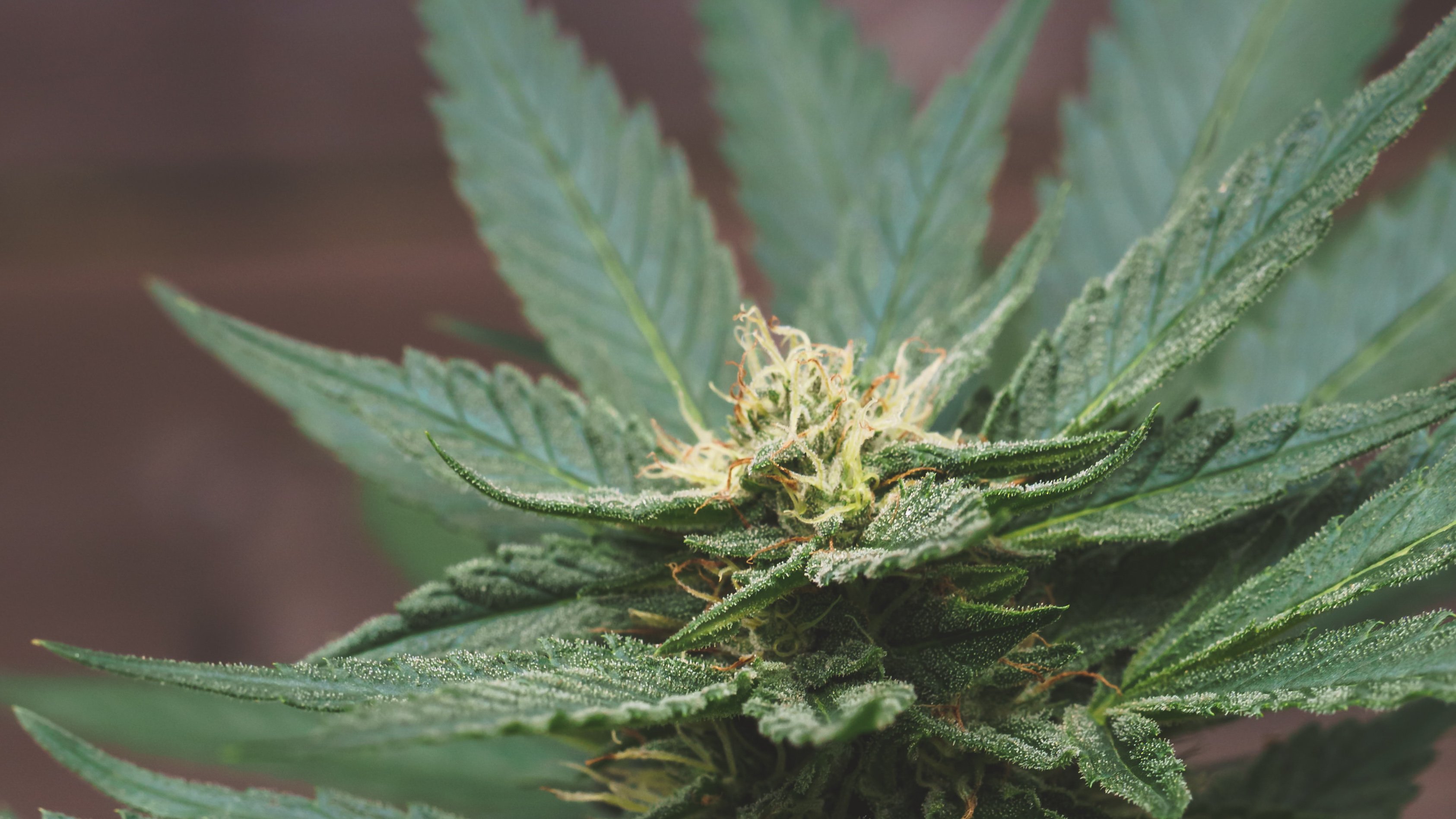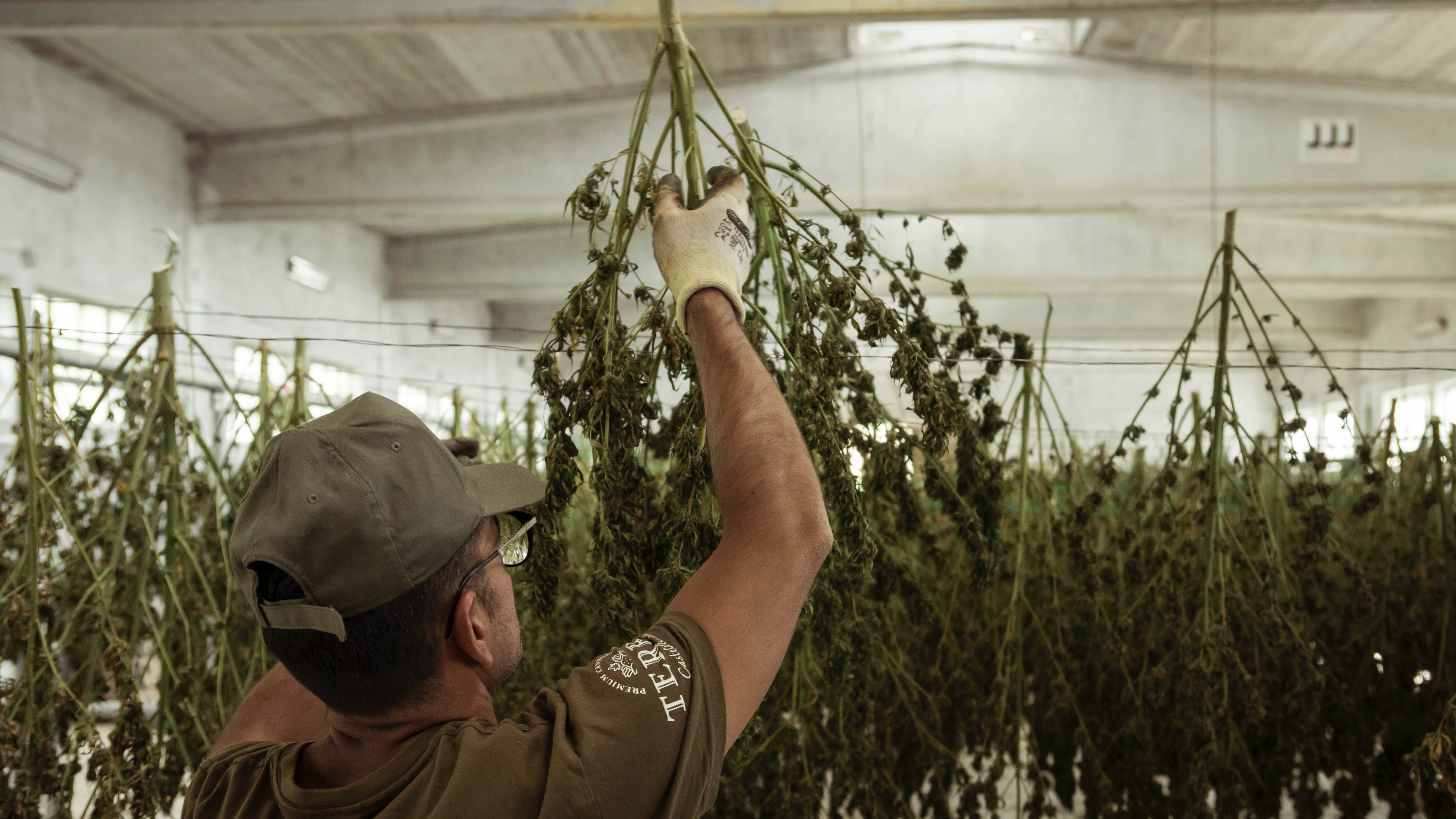What’s the yield you can expect from a cannabis plant?
Here’s a related question: How large a pizza should you order after an epic smoke sesh?
The answer to both questions is exactly the same: It depends.
You can’t answer the second question without knowing how many people will be eating, how long it’s been since dinner, and how stoned everyone got.
And you can’t answer the first question without knowing whether the plant is grown indoors or outdoors, how big it is, what strain it is, how much light it gets – and a bunch of other variables.
You’ll see definitive statements online (or hear them from friends) that range from “about four ounces per plant,” all the way up to “a pound per plant or even more!” Those answers aren’t right or wrong, they’re just woefully simplistic and incomplete.
If your goal is to maximize yield per plant – and it should be – here’s what you need to know. (One important fact before we start: when we’re talking about amounts, we’re referring to dried weed and not harvested flower.)
Choose the Right Strain

To lean on our metaphor once more, you’re not going to feed your entire crew with a 10-inch pizza, and you’re not going to get a pound of pot from a plant that’s genetically inferior.
Some cannabis strains are naturally predisposed to produce more flowers than others. Even better, many hybrid strains have been developed to deliver high yields without compromising the quality of the bud.
This is not an exhaustive list, but here are some of the strains you should consider in order to maximize your plants’ yields.
- Blue Dream: One of the most popular strains in America, it produces huge yields (but somewhat mild product) when grown outdoors.
- Purple Trainwreck: Another strain that does best outdoors but also produces well in a grow room, it flowers quickly and produces large amounts of mellow weed.
- Big Bud: This strain does well indoors and outdoors and is known for its enormous plants with (as you’d guess) big buds, and its product is good enough to have won the Cannabis Cup.
- Girl Scout Cookies Extreme: Another indoor/outdoor strain that’s easy to grow, favored by growers because of its large flowers and big yields.
- Critical Kush: This plant has to be grown indoors because it’s prone to mold, but when tended well it will reward the grower with massive yields.
- White Widow: Best known for its strong high, it’s known among cultivators for its heavy production and resilience to mold.
Growing Outdoors
You have limited control over environmental factors when you grow outdoors. Started indoors, transplanted into loose and airy soil in a perfect climate, properly fed, watered, and trained – a prodigious strain could produce well over a pound of dry flower. But that’s a lot of “ifs.”
What’s most important is controlling the factors that you can actually manage.
- Don’t time your plant to grow and flower during extreme weather. If you have very hot summers (over 85°) or cold summer nights (lower than 50°), don’t expect a heavy yield.
- Time of year matters, too; most strains need at least five hours of direct sunlight and five hours of indirect sun – but too much daylight will prevent them from flowering properly, greatly limiting production. Autoflowering plants are often the best choice for outdoor growing.
- Soil (dark, silty loam is best) should be rich in organic matter, organic fertilizer should be added as needed, and watering should be frequent; some huge plants may need as much as 10 gallons per day, so good drainage is crucial.
- Tenting or putting up tarps is best for outdoor plants in some climates, as protection against wind, heavy rains, temperature variations, and some pests. Just be aware that the smaller the tent, the smaller the plant and the smaller the yields.
- If you’re growing in pots, the size of the plants and the yield will be limited; bigger pots allow bigger plants to grow. Large cannabis plants require a 15-20 gallon pot for good production, and you shouldn’t expect the yield to be as great as if you were growing in ideal soil conditions.
- Finally, plants should be frequently inspected for pests (particularly spider mites) and mold. They can turn a small yield into no yield at all.
Generally speaking, you can expect 4-8 ounces in decent outdoor conditions, and as much as a pound from a plant that’s been grown in perfect conditions.
Growing Indoors
Are you growing in soil or in a hydroponic medium? That’s important because proper indoor hydroponic growing can increase yields by as much as 20%. Of course, if you don’t know what you’re doing, your yield will suffer dramatically.
Assuming you’re growing in soil and that you’re doing everything right as far as food, water, and fertilizer are concerned, and assuming that you’ve chosen a productive strain, lighting is the most important factor in determining the yield of indoor cannabis plants.
The benchmark formula many growers use is that a plant will produce one gram of pot for every watt of light. That would theoretically mean that 250 watts of light would let you harvest a little more than half-pound of weed.
That ignores several factors, though. Indoor grow lights are usually either LEDs, CFLs (compact fluorescent lamps) or time-honored HID (high-intensity discharge) sources, and experienced growers often use several types because each has pros and cons.
- CFL bulbs are great for small spaces and work well with seedlings, but aren’t ideal for the plant’s flowering stage and will limit yield significantly if they’re the only light source.
- LEDs need to be kept a good distance from plants, and yields are smaller (on average) than with HIDs.
- HIDs are the most efficient light source and produce the highest yields, but they’re much more complicated and run extremely hot, requiring extra fans or ventilation.
As it turns out, the one gram per watt formula only holds true with HID lighting, and that’s under perfect conditions. Also, remember that light can be “absorbed” by a large grow room, so just because you have 500 watts of light in the room, that doesn’t mean 500 watts are hitting the plant.
If you really want to give your indoor plant exactly the right amount of light to maximize yield, you need to use the type of formulas that commercial growers do. Here’s one of them:
room length x room width x desired PPFD level (measured in µmol/m²/s)
That should be more than enough information to let you take a step back, and use a more common-sense formula. Here’s the one we prefer:
productive strain + proper care = between 4 ounces and one pound per plant
That’s probably not the definitive answer you were looking for – but it’s the right one.
